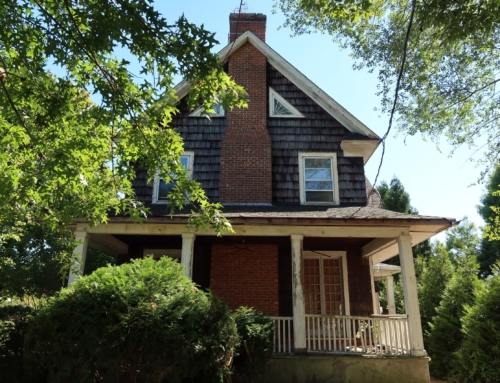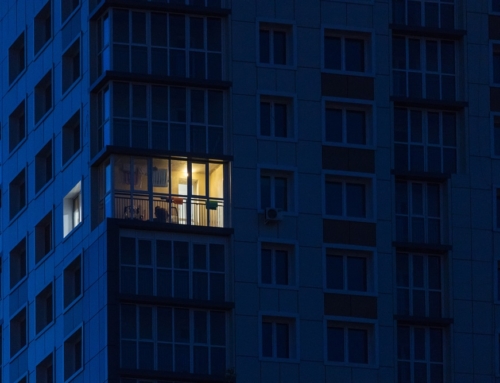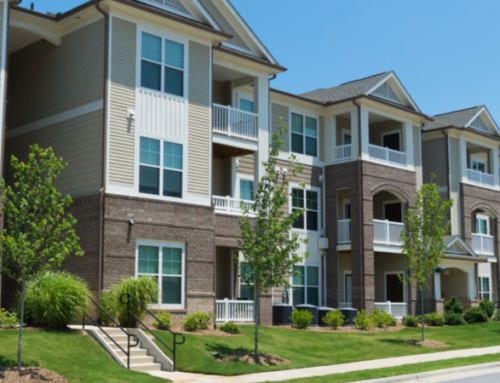For a number of years, experts have been predicting a boom in second homes. The reasons for this optimism are simple: The most popular ages to buy a second home are 55 to 65, and then 45 to 55, and then 65 to 75. The first of the baby boom generation started to turn 50 during the mid-1990s.
According to the most recent Census estimates, approximately 6 percent of American households own a second home. Others estimate second homeownership approaching 10 percent, especially if you include all of the timeshare units that have been sold during the 1990s.
The boom in vacation homes is just getting started, and it could last well into the first couple of decades of the new millennium. Why? Because the main crunch of Boomers will have turned 50 by 2007 and the last of them will turn 50 in 2014, smack in the middle of the best second-home buying years. Economist David Weil, , projects boomers could buy second homes until 2023 (a boomer born in 1964, the last year of the baby boom generation, would be 59 in 2023).
Other social changes point to an increase in second homeownership as well. We’re living longer, are healthier and are much more active. Instead of shuffleboard, we’re more likely to retire to ski slopes, rollerblades and mountain bikes.
The most obvious reason for growth in the vacation market is money. The 1990s boom in the stock market fueled a tremendous growth of personal wealth. All of that cash has to go somewhere, and for many people, the focus is on home: home improvements and everything from timeshares in Mexico to weekend cottages on the lake to farmhouses on real acreage.
It also helps that there have been thousands of stories of stunning appreciation in the vacation market. In Aspen, a 2-bedroom, 2-bath condo at one condominium could’ve been bought for $45,000 when it opened 20-odd years ago. Today, you’d be hard-pressed to purchase one for less than $650,000. A couple paid $250,000 for eight mountaintop acres in 1990 in a resort development that was then far beyond the edges of Colorado’s Vail Valley. Today, the land alone is worth close to $1 million, and with the 6,000 square foot house they built, probably close to $3 million for the whole property. That’s quite the 10-year return on an investment.
So what do you need to know to successfully buy a second home? They won’t all appreciate 1,000 percent over 10 years. While some second homes will be great investments, you should buy your second home because you want to use it. Still, if you want to buy a home that will appreciate, all the regular home-buying rules apply: Buy the cheapest house on the best block and fix it up; buy in the best neighborhood you can afford; make sure there’s plenty of activities, shopping and culture nearby; you should be able to get there easily; and it should be relatively crime-free (the last thing people on vacation want to worry about is getting their mountain-bikes stolen).
Buy a home you’re going to use. Unless you’re really buying it to rent out (and you’ve done the numbers), buy a second home you’re going to use. If you’re not sure how often you’ll use a second place, try renting a home or a condo for a season to see how often you get there and to make sure that’s where you’d want to own property. Don’t fool yourself into thinking that if you owned it you’d visit more frequently. (And don’t forget, every weekend you’re at your second home is a weekend you’re not with friends and family in your neighborhood. So your kids won’t get to their friends’ birthday parties, and you may miss some special events.)
Easy access. Two-thirds of second homes are located within 150 miles of an owner’s primary residence. But the best second home locations should take no more than 4 to 5 hours to reach, whether you drive all the way there, or drive to the airport. If it’s too far, or too expensive to get to, you won’t use it.
Diversions, recreation galore. Don’t choose a second home location because there’s nothing to do and you’re going to totally relax. Find a place that has a lot to do, preferably year-round. In recent years, the Hamptons (on the tip of Long Island, New York) has stretched its season (formerly Memorial Day to Labor Day) from Easter to Thanksgiving by introducing cultural events like film festivals and traveling shows that give people something to do when the weather’s won’t cooperate. At a minimum, you should have access to water (a small lake or river will suffice) and open space for summer or warm climates and outdoor and indoor activities for cold-weather areas.
Security is important. Second-home owners want to feel like they can walk outside without worrying about their personal safety. Many city-dwellers want a place where their kids can run free and know that they’ll be okay. For boomers, safety is right on top of the list, and that doesn’t mean buying a house with a top-notch alarm system. In fact, if you have to have an alarm on your second home, it may not be the right location.
Planned growth. Some of the most successful second home locations are already completely built out, like Hilton Head. But others, like New Buffalo, on Lake Michigan in the southwest corner of Michigan, have grown a huge amount in the last decade. Whether you look for a place that isn’t fully developed, or one that’s already fairly full, make sure the town has a long-term plan for its development. Most folks would rather retire to a place that has a sense of order and community.
Play the margins. If you can’t afford to buy the place next door to Steven Spielberg in the Hamptons, perhaps you can find a place on the edge of town, away from the water, that may need some fixing up. Buying on the edge of a resort town or development can yield impressive returns down the line. Just look at our couple who bought on the edge of Vail Valley. Today, there are developments farther much further down the road and they’re considered close in.
Are there celebrities? Never underestimate the value of star power — even the local variety. Both can boost appreciation. Having Cher or Oprah as your neighbor will probably push up the price of your home more than having Chicago Mayor Richard M. Daley vacationing next door.
Tax trap. There’s good news and bad news here. The good news is you can deduct the interest paid on your mortgages up to $1 million for a first and second home. The bad news is, if you make money buying and selling a vacation home, you’ll have to pay capital gains tax on it. On the other hand, if you sell your primary residence, and take your $250,000 (or up to $500,000) capital gains exclusion, and them move into your vacation home (and live there for 2 out of the past 5 years), you may be able to sell that home and take another $250,000 to $500,000 in capital gains tax free.






Leave A Comment